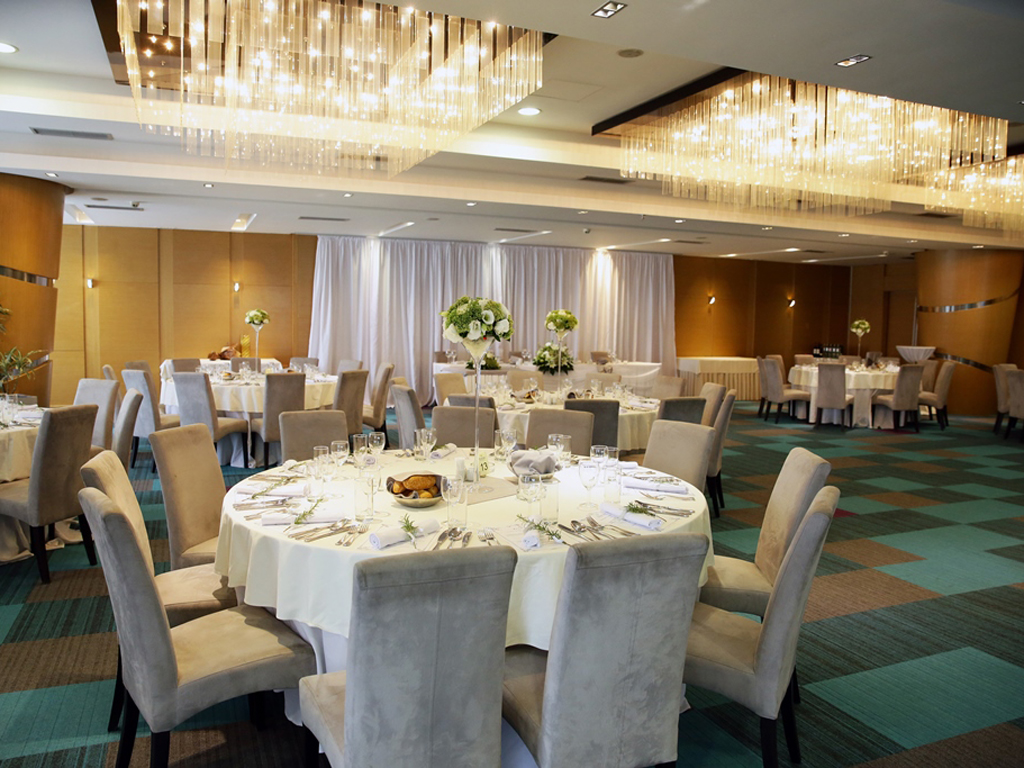Gate Valves Are Ideal for Large Pipe Diameters Over Ball Valves
Gate valves are often preferred over ball valves for large pipe diameters in industrial and municipal applications due to their design, functionality, and performance characteristics. Unlike ball valves, which have a spherical disc that can restrict flow to some extent, gate valves have a flat or wedge-shaped gate that moves vertically to either block or allow the passage of fluid. When fully opened, a gate valve creates a nearly full bore, allowing for minimal flow resistance, which is particularly beneficial in systems dealing with high flow volumes, such as water treatment plants, oil and gas pipelines, or other large-scale operations. Another significant advantage of gate valves in large pipe diameters is their versatility in handling a wide range of pressures and temperatures. Gate valves are typically made from robust materials like cast iron, steel, and stainless steel, which makes them highly durable and resistant to corrosion and wear, even under challenging conditions.

This resilience is especially crucial in larger pipelines, where the fluid flow can be heavy and continuous, and the potential for wear and tear on valve components is higher. Ball valves, while effective for smaller pipes or systems requiring quick shut-off, may not offer the same longevity or efficiency in larger pipe sizes, as they rely on sealing mechanisms that can wear out more quickly under heavy-duty conditions. Moreover, gate valves offer better sealing capabilities under high-pressure conditions. The gate’s design ensures a tight seal when closed, preventing leakage even under extreme pressure differentials. This feature is particularly important in industries where maintaining system integrity is paramount, such as in water distribution, oil refining, and chemical processing. While ball valves are effective for on/off control and can be used in situations with moderate pressures, they often cannot provide the same level of reliable sealing under high-pressure conditions in larger pipelines. The operation of gate valves also contributes to their preference in large pipelines.
Typically, gate valves use a handwheel or actuator to move the gate up or down. This simple, yet effective design allows gate valves to handle larger volumes of fluid more efficiently compared to ball valves, which rely on a rotating ball to control flow. In larger pipelines, the mechanical advantage of a gate valve makes it easier to control flow, even in high-flow applications, without the need for excessive force or intricate mechanisms. Additionally, gate valves offer a relatively low pressure drop when fully opened. In contrast, ball valves, especially those with a smaller bore, can cause a higher pressure drop when opened, which can impact the overall system efficiency in larger installations. Gate valves, with their full-bore opening, help ensure that fluid moves smoothly through the pipeline, minimizing energy loss and optimizing system performance. In summary, ball valve vs gate valve is ideal for large pipe diameters primarily due to their ability to provide an unobstructed flow of fluid, durability under high-pressure and high-temperature conditions, excellent sealing capabilities, and minimal pressure drop.





